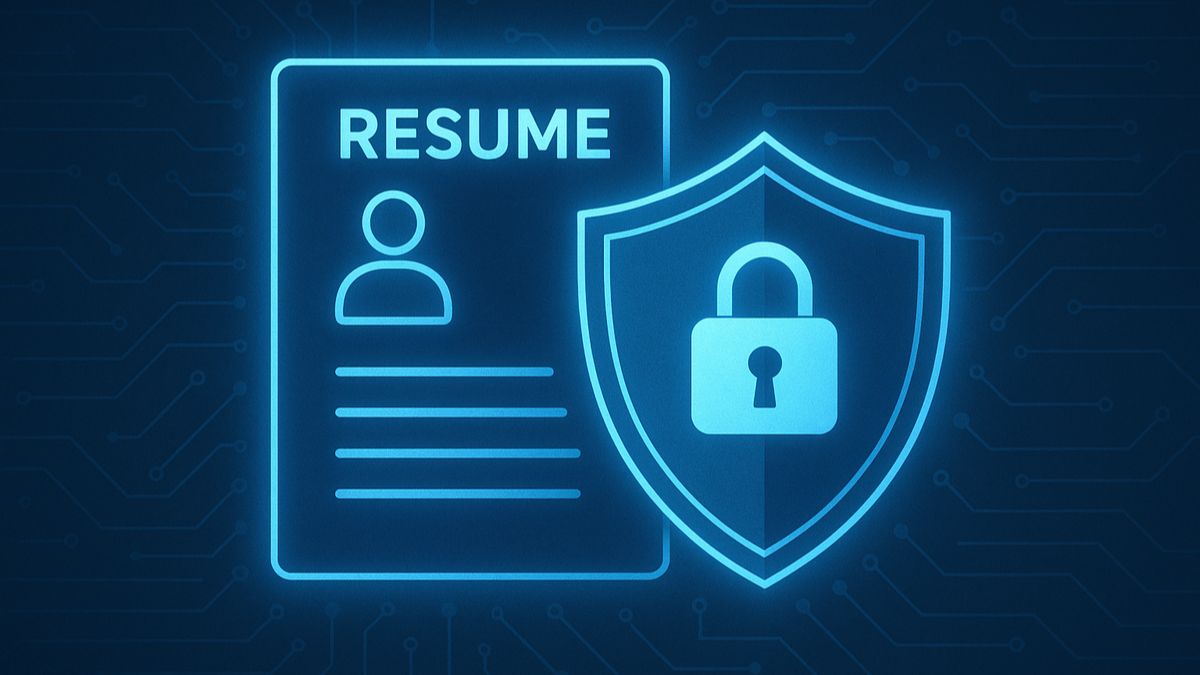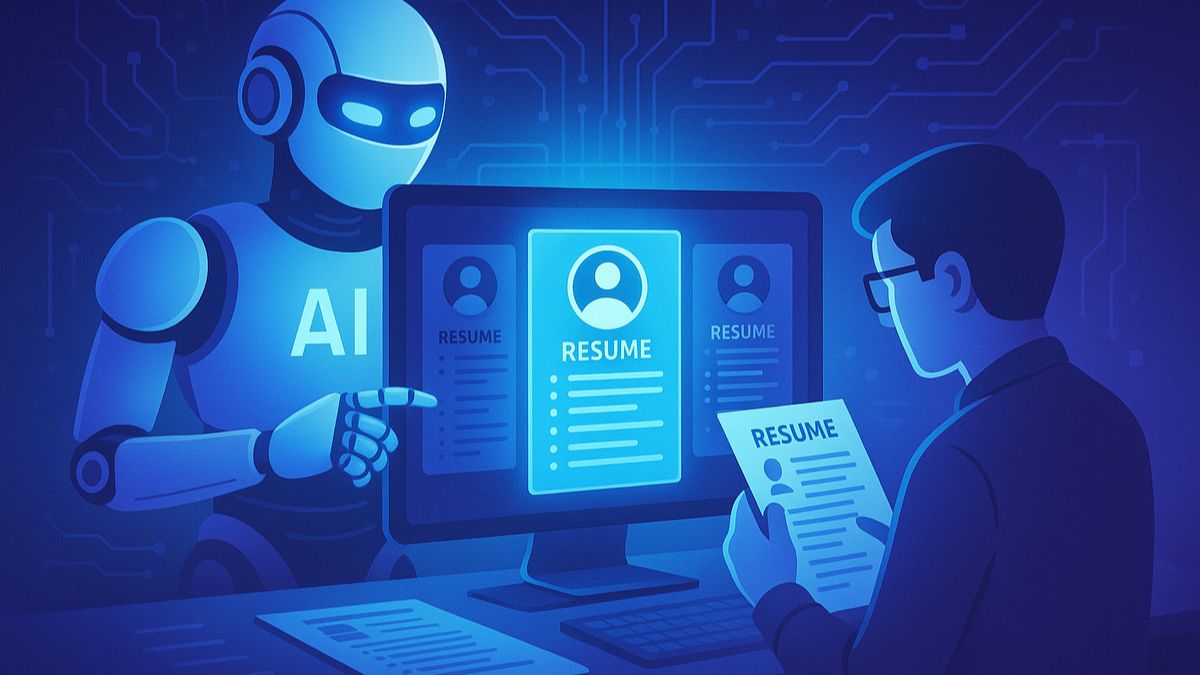AI Resume Tools Risk: In today’s competitive job market, AI-powered resume tools are becoming increasingly popular. They promise quick formatting, keyword optimization, and tailored resumes that stand out to recruiters and Applicant Tracking Systems (ATS). While these tools offer efficiency, they also come with potential pitfalls. Understanding the AI Resume Tools Risk is critical for safeguarding your professional credibility and digital reputation.
The Growing Popularity of AI Resume Tools Risk
AI Resume Tools Risk: Recruiters receive hundreds of applications for a single role, making it nearly impossible to manually review each one. That’s where AI-powered resume optimizers step in. They help job seekers by suggesting industry-relevant keywords, restructuring formats, and aligning content with job descriptions.
For many candidates, these tools feel like a shortcut to success. But relying on AI alone may expose you to unintended risks, especially if the system generates inaccurate, misleading, or overly generic content.
The AI Resume Tools Risk You Shouldn’t Ignore
AI Resume Tools Risk: While AI can streamline job applications, its risks lie in how it handles personal data, accuracy, and originality. Here are the key challenges:
1. Data Privacy Concerns
Most AI resume platforms require you to upload personal details, including work history, email, and sometimes even phone numbers. If the platform lacks robust security, your data could be vulnerable to breaches.
2. Generic or Misleading Content
AI may generate resumes filled with buzzwords but lacking substance. Worse, it may exaggerate skills or produce misleading statements. Such inaccuracies can damage your credibility if recruiters verify details.
3. Bias and ATS Limitations
AI tools are trained on specific datasets. This may lead to biased recommendations that exclude non-traditional career paths or unique experiences. Additionally, if the AI over-optimizes your resume for ATS, it may become unreadable to human recruiters.
4. Reputation Damage
Submitting a resume with false, plagiarized, or error-filled content—unintentionally produced by AI—can harm your reputation. Recruiters often perform digital checks, and once your credibility is questioned, it’s hard to rebuild trust.
How to Protect Your Digital Reputation

AI Resume Tools Risk: Mitigating the risks doesn’t mean avoiding AI entirely. Instead, it’s about using it wisely. Here’s how:
1. Choose Reputable Platforms
Always research AI resume tools before use. Look for platforms with clear privacy policies, strong security protocols, and positive reviews.
2. Verify All AI-Generated Content
Don’t blindly copy-paste AI-generated resumes. Cross-check every line for accuracy, grammar, and consistency with your actual skills and experience.
3. Balance AI Optimization with Human Touch
AI can optimize keywords for ATS, but human recruiters value authenticity. Infuse your resume with personal insights, measurable achievements, and a natural writing style.
4. Keep Original Copies of Your Resume
Maintain a master resume that reflects your true professional journey. Use AI only to fine-tune versions for specific roles, not to rewrite your entire career history.
5. Limit Sensitive Information
Avoid sharing unnecessary personal details like full addresses or secondary contacts. Stick to professional essentials only.
6. Monitor Your Online Presence
Recruiters often cross-check LinkedIn and other platforms. Ensure your digital footprint matches your resume. Consistency reinforces credibility.
The Balanced Approach
AI Resume Tools Risk: AI resume tools are not inherently bad they are simply tools. Like any technology, the risks come from misuse or over-reliance. By adopting a balanced approach, you can benefit from AI’s efficiency while protecting your digital reputation.
AI Resume Tools Risk: The future of hiring will likely involve deeper AI integration, from resume scanning to video interview analysis. Job seekers who learn to use AI responsibly will stay competitive while maintaining professional integrity.
